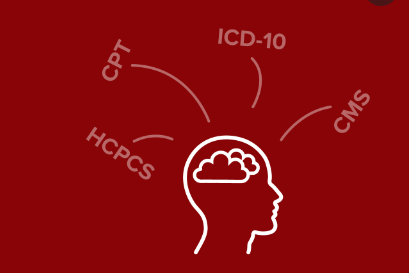8 Key Performance Indicators in Healthcare Every Practice Owner Should Track
When you’re trying to grow your physical therapy practice, you might not know where to start, yet it’s critical to have the right Physical Therapy Billing Process in place. After all, your specialty is caring for patients, not marketing. And, even if you have some marketing experience, you may still struggle to know which key performance indicators in healthcare to track.
At HENO, we understand the marketing and growth challenges you face because we’ve been there. We had to figure out the metrics to track to facilitate our growth – and we know what a big difference it can make to have some guidance.
With that in mind, here are 8 healthcare KPIs that every practice owner should track.
#1: Average Insurance Claim Processing Time
How long does it take the insurance carriers you work with to process a claim? If you don’t know the answer, you might be over or underestimating how much it’s costing you to follow up on claims.
Tracking this KPI can help you focus on potential errors and problems with your claim submission process. Quick turnaround gives you better cash flow and more growth opportunities.
#2: Claims Denial Rate
A related metric is your insurance claim denial rate. Any time a claim is denied, it means that your staff must dedicate additional time to correcting the claim and resubmitting it or calling the insurance company to dispute the denial. That time translates into dollars.
To avoid claim denials making a dent in your profits, track this KPI and look for patterns to streamline claims submissions and minimize denials.
#3: Patient Wait Time
How long do your patients wait between the time they check in at the front desk and the time their treatment begins? A long patient wait time is sometimes an indication of a scheduling problem.
Tracking this KPI can help you fine-tune your scheduling. At the same time, it can help you and your staff improve patient satisfaction and get more positive online reviews.
#4: Patient Drop Offs
We all know that getting new customers in the door tends to be the most challenging part of being a physical therapy practice owner; heck, this applies to every type of business! Most practices spend a ton of time, energy and money bringing fresh blood into their office, so if you’re not tracking patient drop offs (i.e. patients that start a treatment plan with you and disappear without a formal discharge) you’re missing a great opportunity for improving compliance.
There are many reasons why a patient could drop off from their plan of care with you; they went on vacation and never followed up to return, they simply felt better, they were not satisfied with the services you provided, they got busy and forgot, and the list goes on and on. But if you don’t track drop offs, you won’t ever know the capacity of how much it’s occurring, nor will you know how to fix it.
Having a system to easily track patients the minute they drop off your schedule is key.
#5: Patient vs. Staff Ratio
What is the ratio of your patients to your staff? It’s common for PT practice owners not to know, and yet this KPI is an important indication of whether your practice is over or understaffed.
If you’re overstaffed, it likely means that your overhead expenses are too high for your needs. Your profits may be low as a result. And, if you’re understaffed, the care you provide to your patients may not be up to the quality standard you expect. Either way, this is an important metric to track to ensure the best possible care for your patients – and the most profits for your practice.
#6: Percentage of Patients Who Understand Your Paperwork
Do your patients understand the paperwork they fill out at your practice or are they confused by it? While it’s normal for patients to have some questions about medical terminology, the bulk of the wording on your intake forms and bills should be easy for your patients to understand.
If you find that your patients are confused, then it’s time to review your paperwork and revise it. Patient misunderstandings increase the likelihood that your patients will be unhappy, and that can lower your patient satisfaction rate.
#7: Potential Patients You Fail to Convert
You work hard to get new patients in your doors; whether they come from the internet, local referring physicians or word of mouth. But every new lead is a new opportunity for your entire practice to make a difference in someone’s life. So do you track the leads you get that never develop into a new patient evaluation?
It’s important to know what percentage of hot leads (potential patients) that actually never walk through your doors. If you don’t know this number, then it’s impossible to be able to improve your processes for converting them. Finding a system that tracks all new, potential leads and the outcome is critical for fine-tuning your intake procedures.
#8: Overall Patient Satisfaction
The final key performance indicator you should track is your overall patient satisfaction rate. Patient satisfaction correlates directly with patient retention and the profitability and growth of your practice.
Tracking patient satisfaction makes it easy for you to identify areas for improvement and to do what you can to ensure that your patients are getting the level of care they need.
Growing your practice requires time, dedication, and data. Tracking the 8 key performance indicators in healthcare we’ve listed here will ensure you have the information you need to reach your practice goals.
To learn how HENO can help you track the most important healthcare KPIs, please click here to schedule a free demo.






